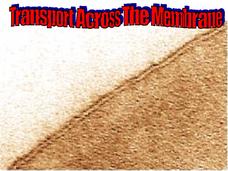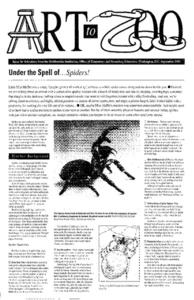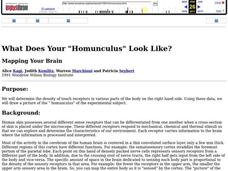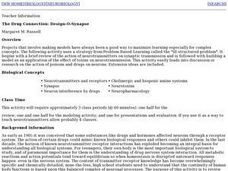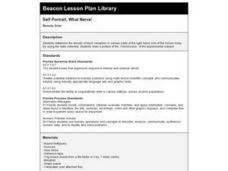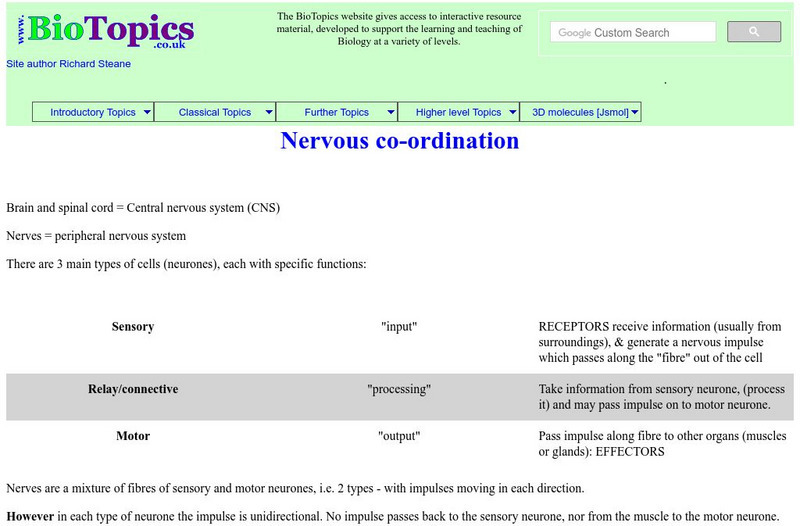Nuffield Foundation
Investigating How We See Colour
Can you eyes be fooled into seeing colors that aren't actually there? Budding scientists view a presentation that addresses this topic. They explore how their eyes interpret color through the retinas and messages sent to the brain. They...
Gallantsbiocorner.com
Transport Across the Membrane
Take your biology class on an exploration of the inner workings of cells with this multimedia presentation. Looking closely at the structure of cell membranes and the processes of osmosis and diffusion, this resource explains for...
Curated OER
Benham's Disk
Seeing is believing! Or is it? With this simple experiment, young scientists can explore the concept of visual perception. Attach Benham's disk to a rotating appliance such as a hand drill; As it spins, the black lines appear to be...
Curated OER
Under the Spell of Spiders
Learners examine spiders. In these spider lessons, students will view spider images and live spiders to determine physical characteristics, habits, and habitats. Learners will examine fantasy and folklore about spiders to create and...
Curated OER
What Does Your "Homunculus" Look Like?
Students investigate the density of touch receptors in various parts of the body. They discover how the body senses various stimuli, then maps a picture of the "homunculus" of the experimental subject.
Curated OER
The Drug Connection: Design-O-Synapse
Students study cholinergic neuromuscular pathway of acetylcholine release and develop a model for drug interaction at one specific neurological site. Working in teams, students can also research different drugs or poisons and produce a...
Curated OER
Self Portrait, What Nerve!
Students conduct an experiment to determine the distance between touch receptor fields in parts of the right-hand side of the body. They enter data into the data table.
University of Washington
Neuroscience for Kids: Outside Games
Learn about how the synapse works in the nervous system. Then play common games that demonstrate many functions of the nervous system. Find definitions of the vocabulary necessary to understand how the nervous system works.
University of Arizona
Cell Signaling
Superior site for information on cell signaling. Information provided as a tutorial with multiple choice questions to guide the learner. The site has lots of images and diagrams.
PBS
Pbs Newshour Extra: Neuroscience Basics Through Puzzles and Dance
This interesting lesson plans uses giant neutron puzzles, the game of telephone, and dance to explain how transmitters and receptors work in neurotransmission.
University of Washington
Our Chemical Senses: Olfaction Experiments
This website provides information on our chemical senses. "Students learn how to investigate the olfactory system and then find out how to plan and carry out their own experiments."
Concord Consortium
Concord Consortium: Molecular Workbench: Molecular Sorter
Observe the sorting process of a hypothetical nano purification machine.
Science and Mathematics Initiative for Learning Enhancement (SMILE)
Smile: The Tongue, a Sense of Taste
This lesson plan allows learners to investigate the four taste sensations and the receptors on the tongue.
Bio Topics
Bio Topics: Nervous Co Ordination
A quick review to help students understand the function of different types of neurons in the human body.



